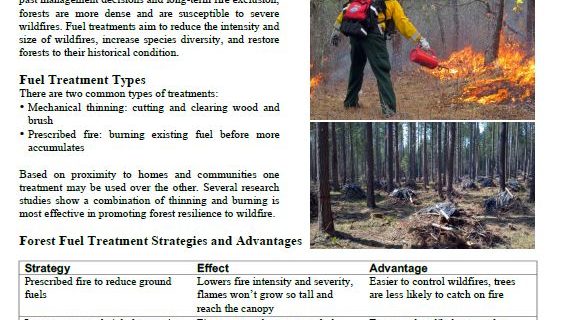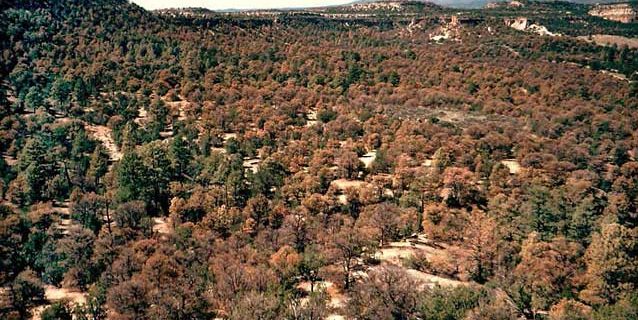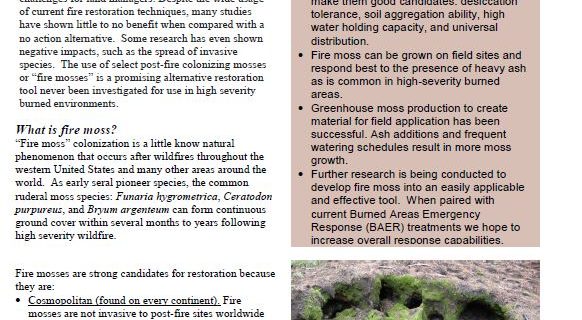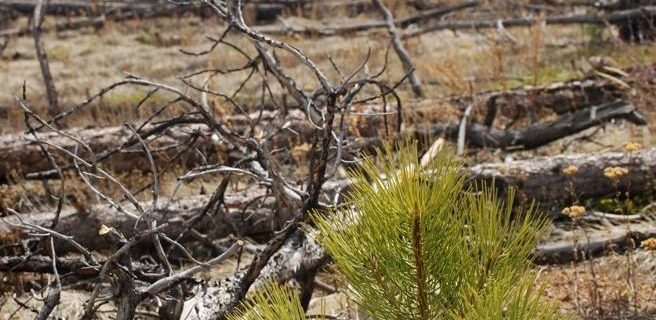What is a forest fuel treatment?
Forest fuel treatments are used by managers for ecological restoration and reducing fire hazard. Due to past management decisions and long-term fire exclusion, forests are more dense and are susceptible to severe wildfires. Fuel treatments aim to reduce the intensity and size of wildfires, increase species diversity, and restore forests to their historical condition. Read …




